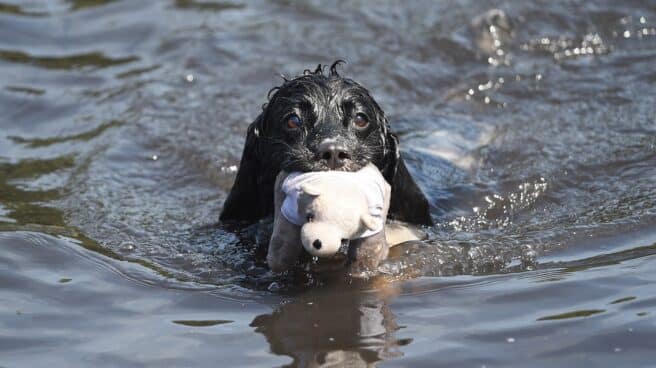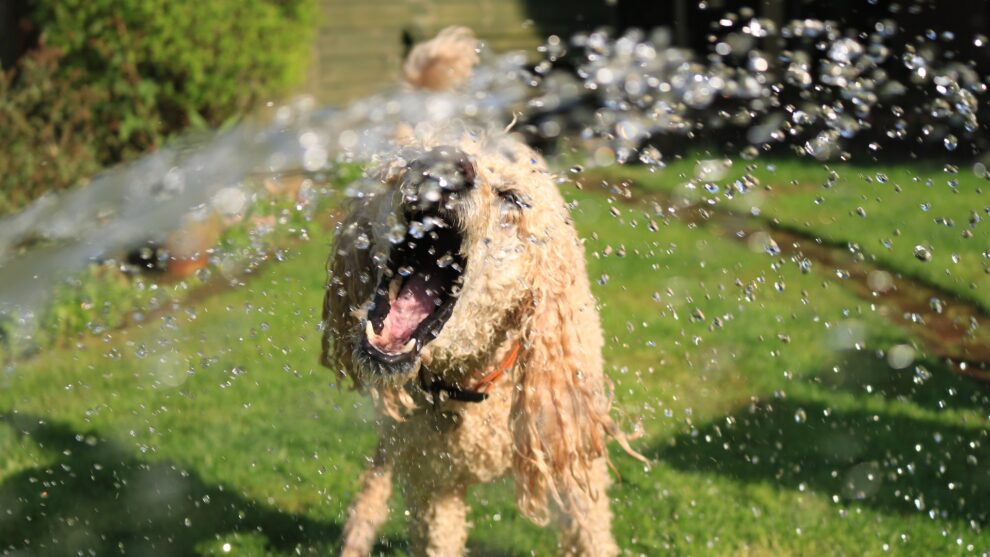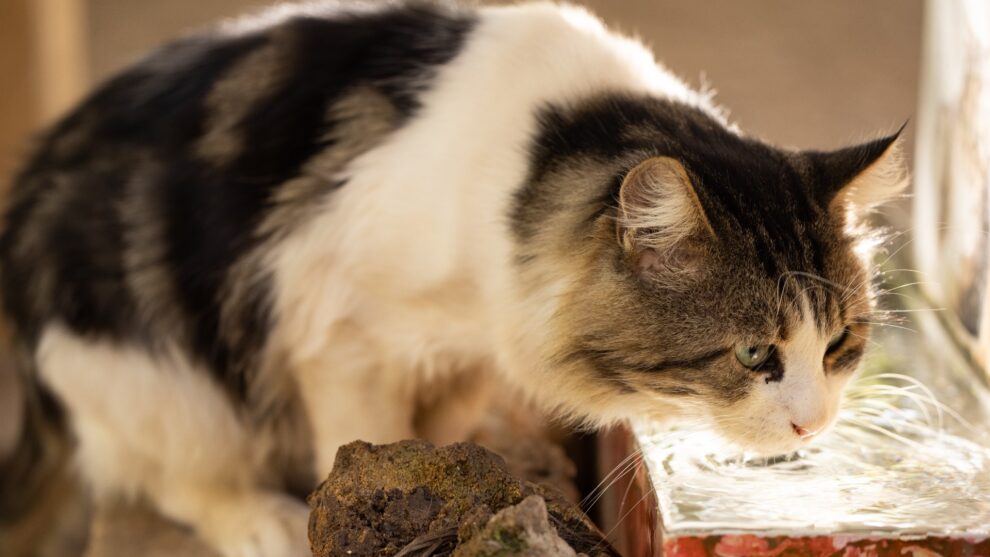

Bathing dogs during the heat. EP.
Sunny days, more daylight hours, holidays. There are many concepts associated with summer. One of the most obvious is the rise in temperature. This should not be a big problem as long as they are maintained at optimal values for the body. However, during a heat wave, such an increase in temperature can have negative consequences for the body, such as heat stroke. Not only people suffer from these adverse effects, but also also our petsas the heat can have a very negative effect on our dogs and cats.
A heat wave involves a period of time (more than three consecutive days) during which temperatures exceed the same values recorded on average for the same period in previous years, according to AEMET, the State Meteorological Agency.
During a heat wave, you need to be very careful, as it can eventually cause fatigue, vomiting, or even loss of consciousness. In humans, one of the first symptoms of heat stroke is extreme thirst, red and hot skin, and a body temperature above 37ºC. However, despite what it looks like, heat stroke in pets doesn’t work the same way. The way heat affects dogs and cats can be detrimental to their health, so it’s important to spot the symptoms of heatstroke in pets to avoid serious problems.
How does heat affect dogs?
If during a heat wave we detect abnormal behavior in our dog, we must take steps to help it withstand the high temperatures. What are the symptoms of heat stroke in a dog? Here are some of the signs by which we can detect it
- Choking or rapid breathing
- Excessive drooling (more than normal) around the dog’s mouth
- Dark red hot gums
- vomit
- Increased heart rate
- Doesn’t move or moves with hesitation
There are some risk factors that can cause heatstroke or health problems in a dog during a heat wave. Older dogs with certain medical conditions, who are obese, or who have a lot of hair are more at risk for heatstroke. There are also certain flat-faced breeds (such as pugs or bulldogs) that may be at greater risk in hot weather because they pant more heavily than other dog breeds.
Here’s how you can help your dog in the heat
One of the most defining moments for dogs is their walks. It is convenient to change the routine of walks to adapt it to less hot moments of the day. Early morning or late evening are usually good hours due to the lack of sunlight which raises the temperature significantly.

You must also adapt hours when dog eats. During the hottest hours of the day, the dog does not want to eat. For this reason, it is also recommended to look for a time of day (or a cooler environment) to feed him.
On the other hand, depending on like a dog bed can be hard to handle the heat. Some of them help dissipate heat, such as raised beds or beds made of breathable material. If a dog that is used to sleeping in bed starts sleeping on the floor or in other rooms in the house, this is an indication that his bed is exacerbating the heat.
A very important point is change the water regularly and with cold water. You can even add ice to the water (or give it cold water from the refrigerator) to help bring down the dog’s body temperature. You can also comb or trim his hair, depending on his coat, and moisturize or bathe him during the day.
There are also some products on the market that can help your dog withstand the high temperatures of the heat wave. For example, cooling vest for dogs: vests that cover the torso of the dog and help regulate its temperature. It is enough to moisten them with cold water and put them on the dog. They also usually have reflective materials that protect them from the sun.
How does heat affect cats?
Cats can also have a very hard time during the heat. The symptoms of heat stroke in cats are similar to those in humans. To detect it, the following symptoms must be considered:
- excessively out of breath
- Difficulty moving and breathing
- muscle tremor
- Red color of mucous membranes
- drooping tongue
- increased heart rate
- The skin becomes bluish due to lack of oxygen in the blood.
- vomit
In the summer, or rather during the heat, the cat can lose more hair. They will also look for the coolest places in the house to escape the heat. On the other hand, it is normal for them to eat less due to high temperatures. However, if the above symptoms are detected, it is necessary to take measures to prevent heat stroke in a cat.
Tips for helping your cat during the heat
It is very important to check and change the water frequently, especially making sure it is fresh and clean as they will need a lot of water during hot weather. If the cat does not want to eat anything, you can try changing the food to more moist foodlike cans of food.

Since cats shed more hair than usual during hot and high temperatures, it is recommended clean them oftenas they may have ingested that extra hair while grooming.
Cats don’t really like baths, but they can be helped to cool down by taking a bath. wet fingers with cold water and thus withstand the heat.
If your pet has health problems, contact your veterinarian
While there are many ways to prevent and care for your dog, cat, or other pet during a heatwave, sometimes negative health effects are unavoidable. If it is found that he may have heat stroke or it is not possible to improve the condition of the animal, you should contact your veterinarian.
However, be aware that going to the vet can be risky due to high temperatures. In the case of cats or small dogs, they can be worn in wet clothes with cold water. It is always recommended to protect them from the sun as much as possible and, as far as possible, to travel in an air-conditioned vehicle.
Source: El Independiente